Charles Emile Auguste Duran AKA Carolus-Duran (1856-1926)
Get a Duran Certificate of Authenticity for your painting or a COA for your Duran drawing or sculpture.
For all your Duran artworks you need a Certificate of Authenticity in order to sell, to insure or to donate for a tax deduction.
How to get a Duran Certificate of Authenticity is easy. Just send us photos and dimensions and tell us what you know about the origin or history of your Duran painting, drawing or sculpture.
If you want to sell your Duran painting, drawing or sculpture use our selling services. We offer Duran selling help, selling advice, private treaty sales and full brokerage.
We have been authenticating Duran and issuing certificates of authenticity since 2002. We are recognized Duran experts and Duran certified appraisers. We issue COAs and appraisals for all Duran artworks.
Our Duran paintings, drawings and sculptures authentications are accepted and respected worldwide.
Each COA is backed by in-depth research and analysis authentication reports.
The Duran certificates of authenticity we issue are based on solid, reliable and fully referenced art investigations, authentication research, analytical work and forensic studies.
We are available to examine your Duran painting, drawing or sculpture anywhere in the world.
You will generally receive your certificates of authenticity and authentication report within two weeks. Some complicated cases with difficult to research Duran paintings, drawings or sculpture take longer.
Our clients include Duran collectors, investors, tax authorities, insurance adjusters, appraisers, valuers, auctioneers, Federal agencies and many law firms.
We perform Charles Emile Auguste Duran art authentication, appraisal, certificates of authenticity (COA), analysis, research, scientific tests , full art authentications. We will help you sell your Charles Emile Auguste Duran or we will sell it for you.
If you search for works by Charles Emile Auguste Duran, you may come up empty handed. A highly respected academic painter and teacher, the artist adopted the name “Carolus-Duran” early in his career which he painted and worked under. Dubbed “The Prince of Color” by fellow artist Toulouse-Lautrec, Carolus-Duran’s work is a mixture of French high-society and Spanish realism.
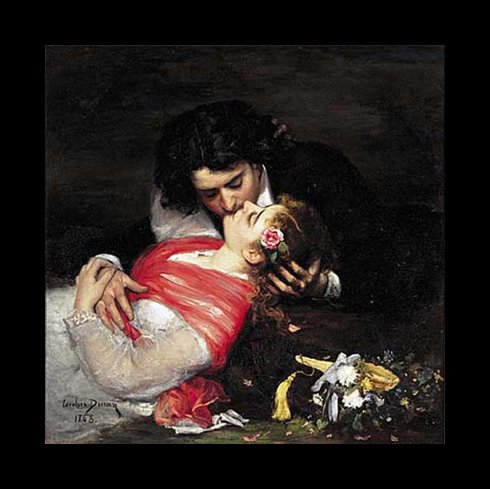
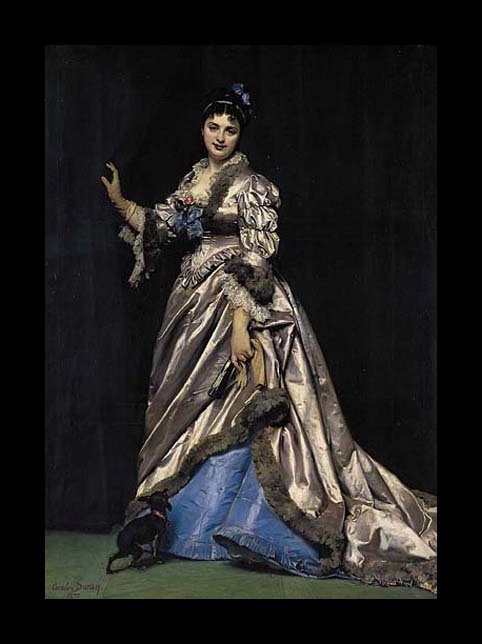
Carolus-Duran was born in Lille, France and studied at the Lille Academy when he was only eleven years old. He would later move to Paris and study at the Academie des Beaux-Arts. Some of his earliest work here was influenced by Courbet. After winning a scholarship, Carolus-Duran traveled to Italy and Spain in 1861 to study the work of Velazquez. He would briefly return to France, but remained in Spain until 1868.
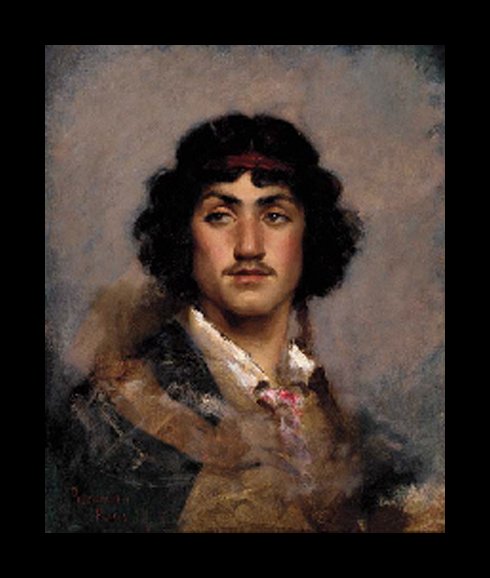

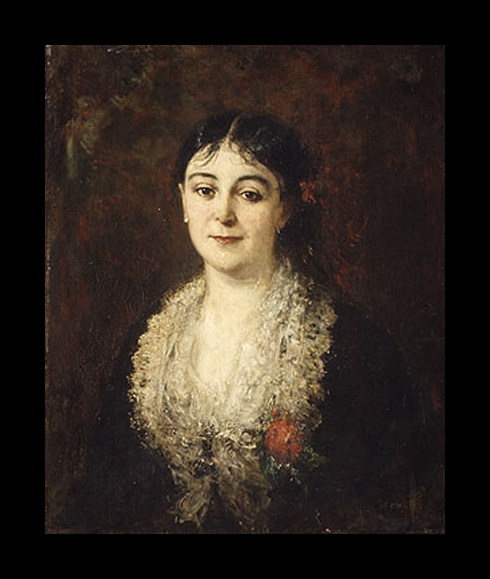
He would generally become known for his portrait paintings of society figures in the style of the old master Realists like Titian, Rubens and Bellini. However, from time to time, Carolus-Duran would also paint informal portraits of his friends and family, as well as landscapes, nudes, still life and historical compositions. He even tried his hand at being a sculptor.
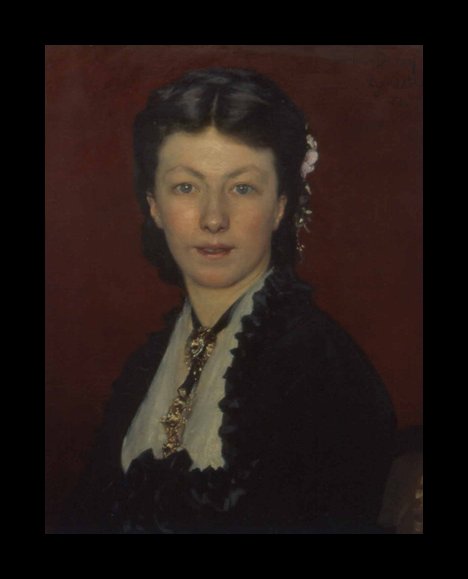
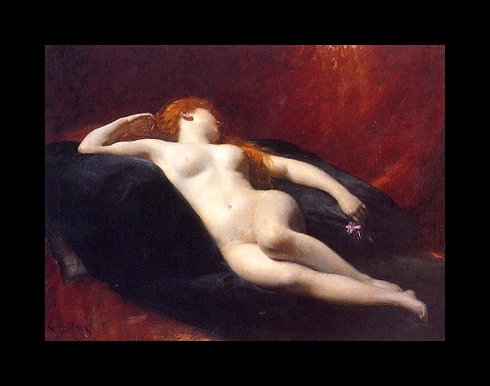
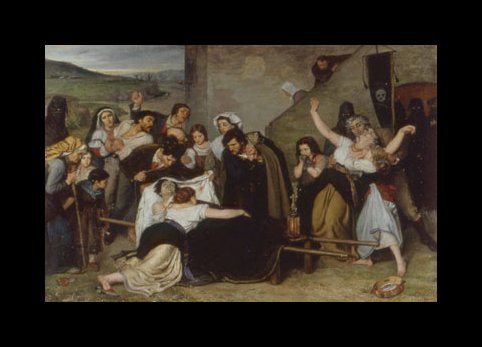
Sometimes, these informal portraits were contrary to his usual style, and portrayed other famous artists like Manet.

In 1873, Carolus-Duran opened up a school and studio for emerging painters; one of the most famous of his alumni was John Singer Sargent. In 1889, Carolus-Duran was named an officer of the Legion of Honor, and in 1905 was appointed the Director of the French Academy in Rome, succeeding Eugene Guillaume. He found great success as a painter in his lifetime, and won awards and painted until his death in 1917.

Strangely, this great academic painter somehow fell by the wayside and is not a household name, as his work would suggest that he should be. Perhaps because of the emergence of Impressionism during his lifetime, Carolus-Duran’s classical styling was of less interest to those who sought out the more fashionable and new painters.
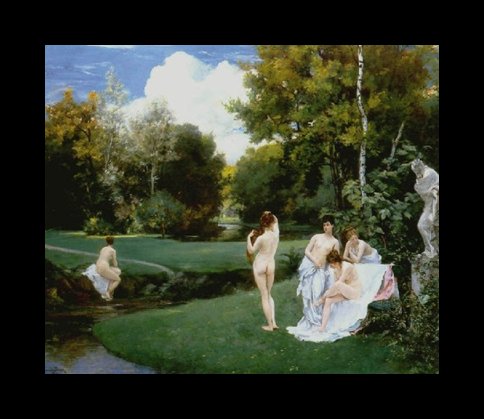
Today his work is housed worldwide including at the Metropolitan Museum of Art in New York, and the Louvre in Paris.
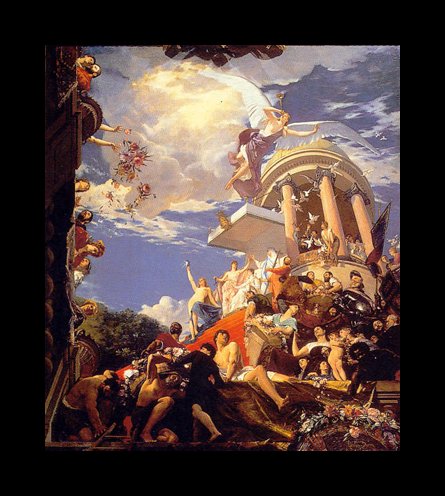
It is also likely that many of his portraits are even hanging over the mantle in a number of family estate homes, unknown or otherwise forgotten and waiting to be found.

Reviews
1,217 global ratings
5 Star
4 Star
3 Star
2 Star
1 Star
Your evaluation is very important to us. Thank you.
